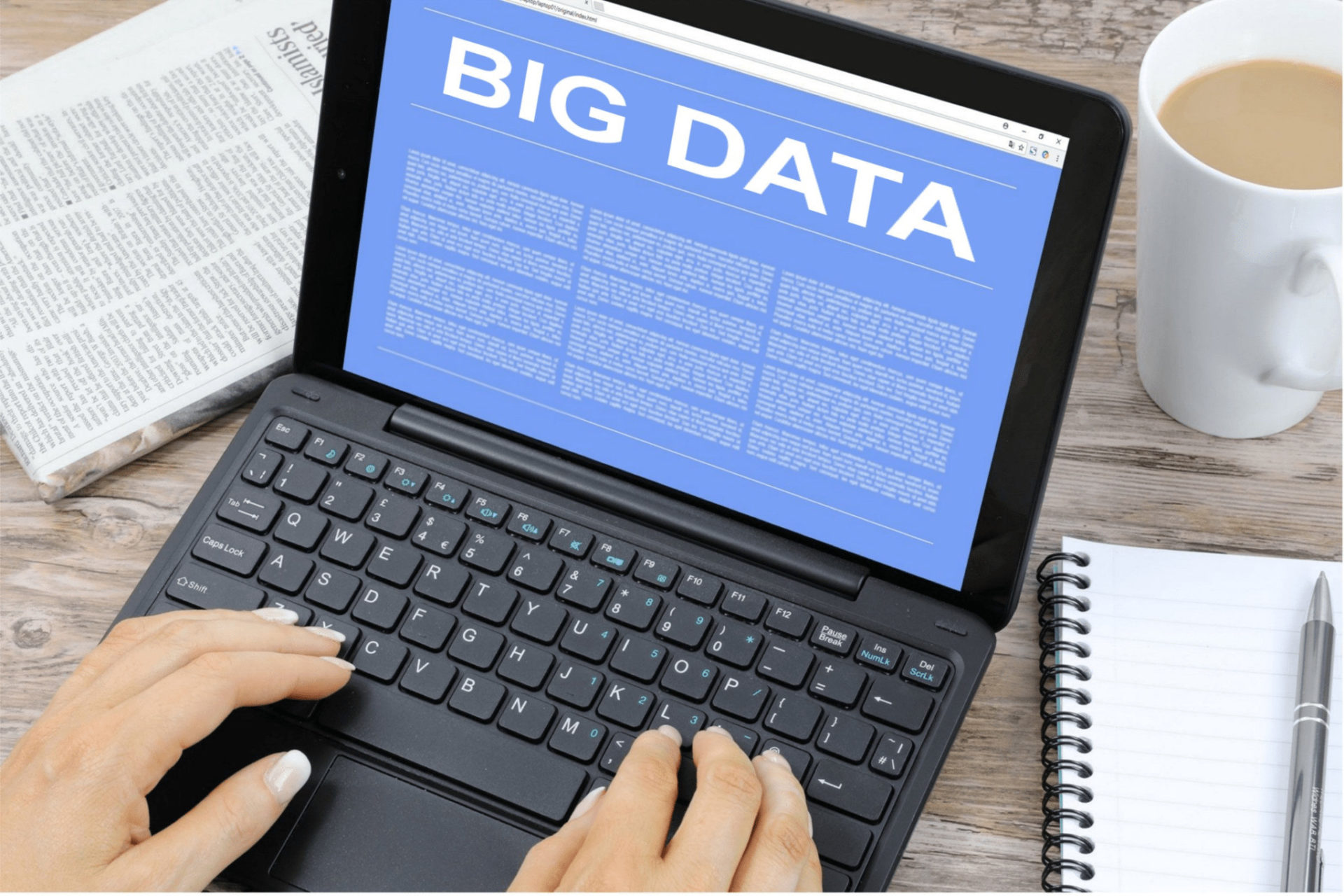If you are new to the terms of GDPR or starting in the related data field, processors and controllers are two terms you cannot ignore.
Then what’s the difference between a data controller vs data processor? This article will provide the answer for you most efficiently and concisely.
What Is A Data Controller?

As mentioned in the introduction, you need to care for GDPR and other information security laws.
A controller organizes and controls the purposes and means or purposes by which data is processed. It answers your “Why” and “How” questions. Therefore, they have the highest responsibility for protecting individuals’ privacy and data security in the organization.
Controllers can use a system that collects and aggregates data. At the same time, you will find that they will work with 3rd parties or look for service providers outside the business to work and process figures in some possible situations.
However, the main task remains the same and does not change, specifying how the figures are used and processed.
What Is A Data Processor?

The processors have the main task of processing any data by the controllers.
The difference that can come from the subject of this work is that the processor may be a third party chosen by the controllers. Therefore, it is under the control of the output controllers.
For example, a company has a website to provide information. This company will also perform an essential collection of visitors.
They can be data about the customer journey, the pages the customer visits, and the time on the page. In this case, this company plays the role of the controller.
What does it take to process and use the information? After collecting figures, it uses Google Analytics to analyze the popularity and limitations of the pages.
It will help to make short-term or long-term planning better, and also find out what customers are interested in. As such, Google Analytics is the processor.
Data Processor vs. Data Controller
The duties and responsibilities of the two are pretty different. If you are one of these two, here are some notes for you.
For data controllers:
- Need the customer’s consent and the legal right to collect customer personal information. They are the people who visit your website and landing pages.
- Collect information, such as the customer journey (where do they start on the website, transition, and end), the length of time they stay on each page, and other demographic factors.
- Decide to change or modify the collected figures.
- Decide where and how to use figures, the purpose of this work.
- Decide to share figures with third parties.
For data processors:
If you are a processor, you need to perform the following tasks:
- Provide and implement information technology systems and processes to collect personal figures.
- Prepare and execute collection through tools and strategies
- Commitment and implementation of absolute confidentiality of customer information and figures
- After successful processing, you need to store the statistics securely
- Implement transfer between stakeholders.
| Controller | Processor | |
|---|---|---|
| Input | Customer consent and legal rights | Information technology systems and processes Tools and strategies |
| Tasks | Determine what information to collect. Decide on the change, modification, use, and sharing of data. Decide on processing time and processing term. | Commitment and implementation of information security. Safe storage. Transfer between stakeholders. |
Which One Is For You?
After answering the question, you will know your duties in this job.
If you are the marketing director of a fashion company and want to survey shoppers’ browsing habits, you are the figure’s controller. It would help if you found a statistics processor to collect and process in this case.
Conversely, the GDPR will introduce sanctions and disciplinary action when you fail to do this. Even if the figures processor suffers a figures breach, you need to be responsible for the entire process and the errors.
GDPR allows two or more organizations to undertake this task, and they need to provide input and approval to the central responsible unit.
Furthermore, it is now possible to have multiple statistics controllers handling the exact figures. However, they can fulfill different purposes, so they are two separate statistics controllers.
FAQs
Can a statistics controller also be a processor?
Yes, you can be a processor who provides statistics processing services to individuals and businesses in many cases. At the same time, you can also be a controller to control how they are used and handled at a specific time.
Is Facebook a controller or processor?
Facebook will exercise more data controller roles over users and advertisers.
In addition, Facebook also provides statistics processing services with the part of a processor with the European Union partner. They are also committed to security and compliance, in line with the GDPR.
Can a statistics controller also be a statistics processor GDPR?
According to Article 4 of the EU GDPR, when you act as a statistics controller, you can still perform the duties of a statistics processor.
You will then be the individual or organization determining why and how the statistics should be collected. At the same time, the statistics processing is also done by you or members of the organization.
Conclusion
The data processor is the one who collects and processes the statistics, while the data controller is the one who runs and controls this process.
At the same time, you can also play a role in both when it comes to compliance with legal rights and GDPR policies.
If you have any questions, don’t forget to leave a comment in the section below so we can promptly provide relevant answers.
We hope the above information will be helpful to you. Thank you for reading!
